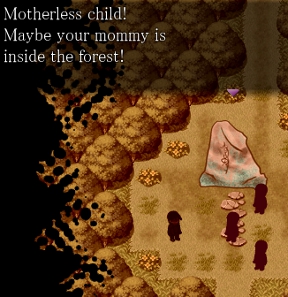

The habitat consists of evergreen lowland rainforest, along with several patches of closed-canopy evergreen forest. It encompasses a rich biodiversity of plants and animals.

Its relative humidity varies between 60 and 90% while annual rainfall is 1500 mm per year. The park has a tropical climate with temperature ranging from 23.1 to 25˚C with an average annual temperature of 24˚C. The park lies between the Boumba and Bek Rivers in southeast Cameroon, from which it derives its name. In 1995, the park was named an Essential Protection Zone and on 17 October 2005 it was declared a national park. Poached elephant carcass in Bouba Njida National Park in Cameroon.īoumba Bek National Park encompasses an area of 210,000 hectares (520,000 acres). To combat this problem, Cameroon has deployed helicopters and 600 soldiers to control elephant poaching in its parks. A serious problem of elephant poaching by Sudanese from across the border through Chad has been reported in February 2012 to the extent of nearly 450 elephants killed out of a total population of about 600 in the park. A total of 23 antelope species occur in the park. The painted hunting dog ( Lycaon pictus) considered critically endangered by IUCN has a count of 60 within Cameroon and they are reported from this park apart from two other national parks in the country. The park receives an average annual rainfall of 1082 mm. The park is reported habitat is of savannah forest and the average elevation varies from 251 to 864 m. It was upgraded to level of park in 1980. Initially it was established as a reserve in 1932. Bouba Njida National Park īouba Njida National Park covers an area of 220,000 hectares (540,000 acres). In the dry season, sandbars exposed by fluctuating levels of the sandy Bénoué River provide habitat for plover and other waterbirds. As an Important Bird Area according to recent surveys 306 species have been identified. The hippopotamus colonies and crocodile are common in the rivers. The African wild dog is also present here. Wildlife reported from the park consists of elephants, spotted hyena, water buck, warthog, monkeys, large ungulates such as antelope, the Derby eland (Africa's largest antelope), kob, western hartebeest, Lord Derby's eland and waterbuck and buffalo. Access to the park from the north is from Ngaoundéré. Eight hunting reserves, totaling 520,378 ha (1,285,882 acres), surround the park except along the main road. The higher elevations are characterized by large rocky massifs, while the undulating plain and forest characterizes the lower sections. The park's altitude ranges from 250–760 m (820–2,490 ft) above sea level. The main river flowing through the park is the Bénoué River, which stretches for over 100 km (62 mi), forming the eastern boundary. The park encompasses an area of 180,000 ha (444,790 acres) in size and has a wide frontage to the Bénoué River. Its habitat is in the Bénoué savanna belt, a humid savannah woodland area. It was upgraded to national park status in 1968, and in 1981, it became a biosphere reserve. 1968īénoué National Park was first established as a faunal reserve in 1932. Waza National Park (1405.89 km 2), est.Tchabal Mbabo National Park (1067.62 km 2), est.Takamanda National Park (627 km 2), est.




 0 kommentar(er)
0 kommentar(er)
